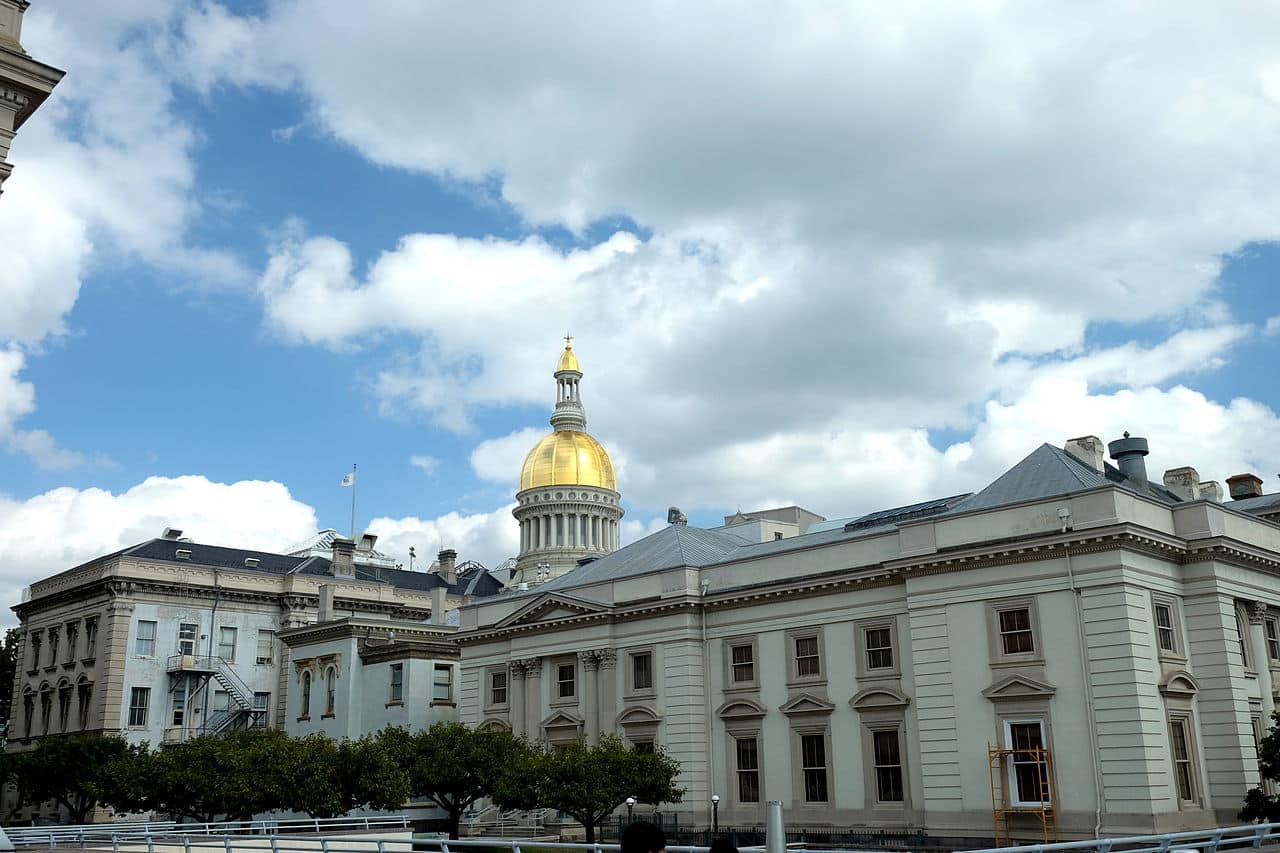The New Jersey Board of Public Utilities has released the draft version of the 2019 Energy Master Plan, which provides a blueprint made up of seven strategies for achieving the state’s goal of 100 percent clean energy by 2050, as well as reducing greenhouse gas emission by at least 80 percent compared to 2006 levels, according to a June 10 press release.
New Jersey’s state agencies were directed to prepare the plan under an executive order signed by Democratic Governor Phil Murphy in May 2018, alongside legislation which established the state’s Zero Emissions Certificate (ZEC) program. Importantly, the master plan defines “100 percent clean energy” as meaning 100 percent carbon-neutral electricity, which includes nuclear. Last year, the vast majority of the state’s electricity was generated through a mix of natural gas and nuclear, with renewable energy contributing just 5 percent, according to the Energy Information Administration.
The plan focuses on seven overarching goals:
1) Reducing emissions and energy consumption in the transportation sector, including encouraging the adoption of electric cars, the deployment of 330,000 light-duty electric vehicles on the road by 2025, electrifying transportation systems and increased charging infrastructure throughout the state.
2) Accelerating the deployment of renewables and distributed generation. Specifically, the plan calls for 600 megawatts of energy storage by 2021 and 2 gigawatts by 2030 as well as 3.5 gigawatts of offshore wind capacity by 2030. In September 2018, New Jersey launched the largest single-state solicitation for 1.1 gigawatts of offshore wind, which the state regulator will review by next month.
3) Reducing peak demand and maximizing energy efficiency, including enacting 0.75 percent and 2 percent utility energy efficiency standards, expanding New Jersey’s Clean Energy Program, adopting new clean energy and energy efficiency financing mechanisms, and strengthening building and energy codes and appliance standards.
4) Reducing energy use and emissions from buildings through decarbonization and electrification, the expansion of statewide net zero carbon homes incentive programs and the development of electric vehicle ready and demand response ready building codes.
5) Modernizing the grid by encouraging utilities to establish integrated distribution plans that seek non-wires solutions, safer pipelines and greater resilience as well as piloting alternative rate design for utilities.
6) Supporting community energy projects and environmental justice through incentivizing local, clean power generation, prioritizing clean transportation options in these communities, and supporting municipalities in establishing community energy plans.
7) Expanding clean energy job training and grow the clean energy economy by expanding the Clean Energy Job Training program, exploring the possibility of a New Jersey Green Bank, establishing a Wind Institute, a Carbon-Neutral New Technology Incubator and a Clean Buildings Hub.
The New Jersey regulator is now developing an Integrated Energy Plan that will model scenarios reflecting these strategies to identify least-cost pathways that will help the state achieve clean energy by 2050. The final plan will include this modeling, as well as further stakeholder input, other studies and metrics that are not yet reflected in the current draft. The first public meeting to collect feedback and comments on the plan is scheduled for July 17.








